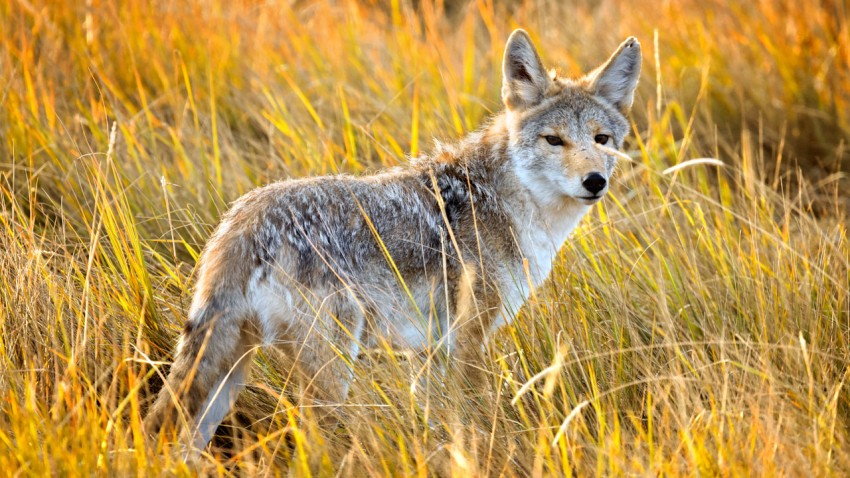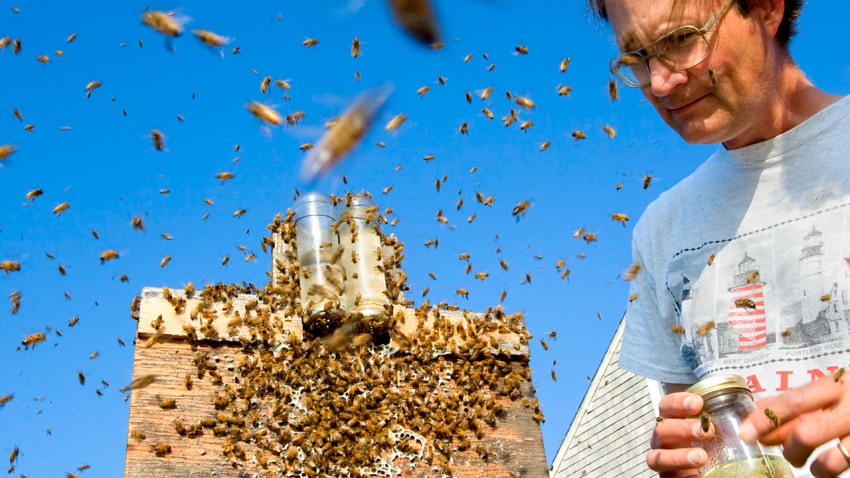News
Computer animators and video game designers may soon have a better way to create the purple-green sheen of a grackle’s wing, or the pink flash on a hummingbird’s throat, thanks to a new method for rendering iridescent feathers.
In a new video, Molly Edwards ’12 highlights innovations from researchers at the Center for Research on Programmable Plant Systems (CROPPS) aimed at tackling the impacts of heat and drought on agriculture.
When a bird drapes its nest with snake skin, it isn’t just making an interesting home décor choice. For some birds, it keeps predators at bay.
The awardees are “outstanding early career scientists who have demonstrated a commitment to making foundational discoveries while building an inclusive culture in academic science,” said HHMI in a statement.
The eyes may be the window to the soul, but the pupil is key to understanding how, and when, the brain forms strong, long-lasting memories, Cornell researchers have found.
New research elucidates a raindrop’s impact on a leaf - the equivalent in mass of a bowling ball hitting a person - and the physical dynamics that help the leaf survive.
A cell protein previously believed only to provide a scaffolding for DNA has also been shown to directly influence DNA transcription into RNA – the first step of the process by which an organism’s genetic code expresses itself.
Researchers in the Department of Natural Resources and the Environment have developed a new model to understand wildlife interactions. They’ve found that coyote populations in upstate New York may benefit fishers but not American martens.
Cornell researchers built miniature VR headsets to immerse mice more deeply in virtual environments that can help reveal the neural activity that informs spatial navigation and memory function and generate new insights into disorders such as Alzheimer’s disease and its potential treatments.
In “Piping Hot Bees & Boisterous Buzz-Runners: 20 Mysteries of Honey Bee Behavior Solved,” biologist Thomas Seeley shares some of the findings of his decades’ worth of investigations into honey bee behavior.










